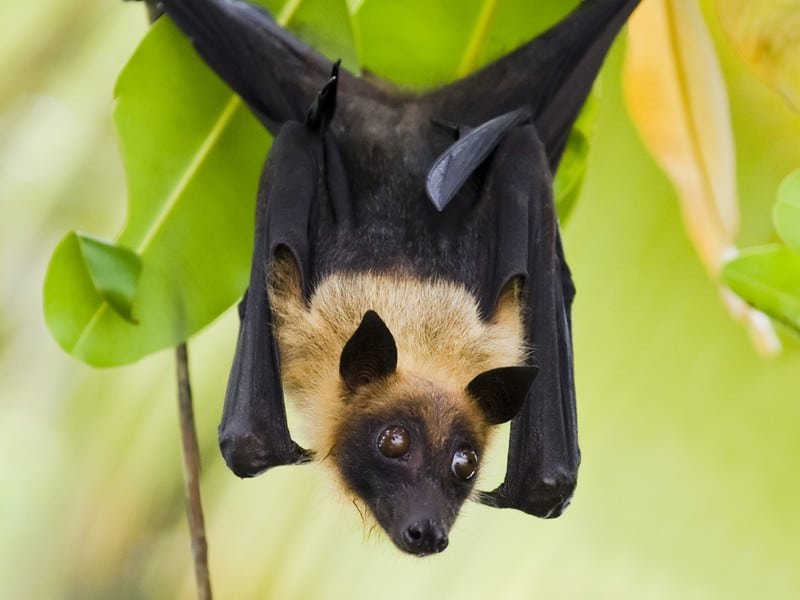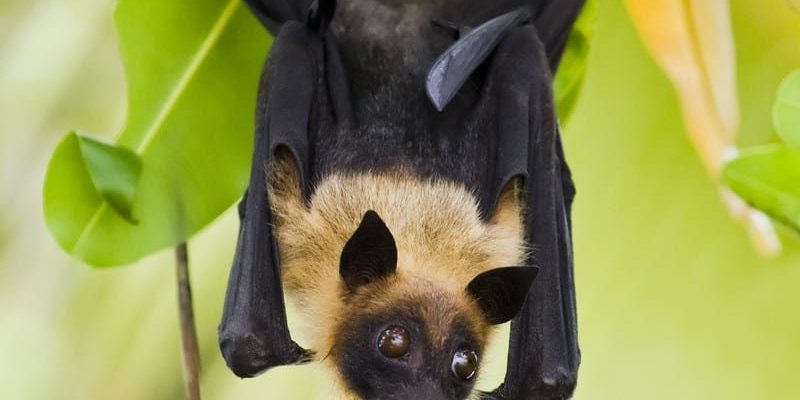
Think of fruit bats as nature’s pollinators and seed dispersers. Without them, many of the delicious fruits we love—like bananas, mangos, and figs—wouldn’t thrive. So, let’s dive into their evolutionary journey, exploring where they came from, what makes them unique, and why they matter to our environment.
Where It All Began: The Origins of Bats
The story of fruit bats starts millions of years ago. Bats, in general, belong to the order Chiroptera, which means “hand-wing.” Scientists believe that bats first appeared around 50 to 60 million years ago. These early ancestors of bats likely looked quite different than the sleek, agile flyers we know today. Picture small, insect-eating mammals that were more akin to shrews than to today’s elegant fruit bats.
One of the most fascinating things about their origins is how they evolved from terrestrial animals into the incredible fliers they are now. Over time, the structures of their forelimbs adapted for flight, allowing them to navigate through the night skies. This transition opened new ecological niches for them, paving the way for diverse species to emerge.
The Rise of Fruit Bats: Adaptive Radiation
As bats continued to evolve, some began to adapt to a diet predominantly based on fruits and nectar. This shift is known as adaptive radiation, where a species evolves distinct traits to exploit different environmental resources. Fruit bats, which belong to the family Pteropodidae, started appearing around 30 million years ago.
You might be wondering: what sets fruit bats apart from their insect-eating relatives? For starters, they have a keen sense of smell, which is crucial for locating ripe fruits. Their large eyes help them see well in low light, and their long tongues are specially designed for sipping nectar. It’s like they’ve got a perfect toolbox for thriving in their particular ecological niche.
Unique Features of Fruit Bats
Fruit bats have some standout features that set them apart from other bat species. For example, fruit bats are typically larger, with some species boasting wingspans of over six feet! This size helps them soar through the air gracefully, covering large distances in search of food.
In addition to their impressive wings, fruit bats have a unique social structure. Many species live in large colonies, sometimes numbering in the thousands. Picture a bustling city full of chatter and movement—fruit bats communicate through a complex system of calls and social interactions. This community life not only helps them find food but also plays a role in their mating and reproduction.
The Ecological Importance of Fruit Bats
Here’s the thing: fruit bats are vital to the health of many ecosystems. As they feast on fruits, they help in pollination and seed dispersal. When a fruit bat consumes a fruit, it often flies long distances before excreting the seeds. This action helps to regenerate forests and promotes biodiversity. Many trees depend on fruit bats for reproduction—without them, entire ecosystems could collapse.
You might be surprised to learn that some of the fruits we enjoy, like the banana and durian, rely heavily on these nocturnal creatures. By keeping their populations healthy, we can ensure that the delicate balance of nature is preserved.
The Threats Facing Fruit Bats
Despite their importance, fruit bats face numerous threats that have emerged over time. Habitat destruction, primarily due to urban development and agriculture, is a major concern. As humans encroach on their natural habitats, fruit bats lose both food sources and places to roost.
Additionally, climate change poses a significant risk. Rising temperatures and shifting weather patterns can affect the availability of their food. And let’s not forget about disease; fruit bats can carry viruses that sometimes spill over to other species, including humans. This intersection can lead to fear and misinformation, making it even harder to protect these vital animals.
Conservation Efforts and Future of Fruit Bats
So, what can be done to protect fruit bats? Conservation efforts are crucial in ensuring their survival. Many organizations are dedicated to raising awareness about their ecological roles and the threats they face. Some are even working towards habitat restoration, providing safe spaces for bat populations to thrive.
Community education plays a significant role in conservation. By helping people understand the importance of fruit bats, we can foster a sense of responsibility towards protecting them. Local conservation programs might involve activities like planting native trees, preserving roosting sites, or creating wildlife corridors. Every little effort counts!
In conclusion, the evolutionary history of the fruit bat is not just a story about a species; it’s a reminder of how interconnected our world is. As we learn more about these incredible creatures, it becomes clear just how essential they are to the health of our planet. By protecting fruit bats, we’re not just safeguarding a species; we’re preserving the balance of nature itself. Let’s continue to champion these flying foxes, ensuring that future generations can marvel at their beauty and importance.

